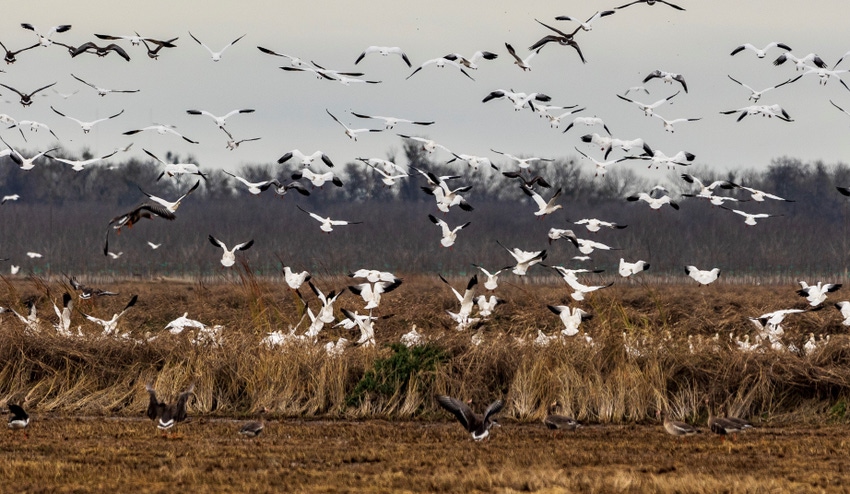March 21, 2024

This U.S. Fish and Wildlife Service (FWS) has proposed new regulations that would establish a policy to prohibit farming and grazing on public lands in the national wildlife refuge system, unless new, extra-statutory criteria are satisfied.
This proposal is an update of a policy issued during the last week of the Clinton Administration, and targets - and points to the elimination of - longstanding and widespread agricultural practices on those public lands.
Farming and grazing are common on refuge lands and integrated with other management practices by refuge managers. The regulation proposed on February 1 includes several new policy approaches that directly affect agriculture, including agricultural uses.
We -and many other agriculture and water organizations across the country - are urging that FWS not adopt the proposed regulations.
The fact that some of the most litigious anti-farming and ranching organizations are supportive of this regulation speaks volumes.
The rule proposes sweeping, self-granted power that is undefined. We believe this will only invite conflict and litigation that would not serve the public interest.
Perhaps our biggest concern with the proposed regulation is that the notice of rulemaking recites reductions in wildlife populations and climate change but does not link the specific policy changes to these underlying concerns. In fact, the proposal imbeds a message that we often hear from certain litigious environmental activist groups. While irrigation has increased agricultural productivity in the arid American West, these critics often focus only on how it has altered the natural landscape.
In reality, agriculture and human settlement have long been tied to ecologically important wetland and riparian resources and the water they provide. Western meadow hydrology today is influenced by water law that structures timing of irrigation and flooding in early to late spring when water is first made available to growers and again in mid-summer when fields are re-flooded to promote regrowth after hay cutting.
Wetlands benefits
Irrigation projects also provide important benefits to wetlands. In California’s Sacramento Valley, rice production provides vitally important surrogate habitat and food for waterfowl and other species.
In the Klamath Basin of California and Oregon, cereal grains and other wildlife-friendly agricultural production is critical to meeting the needs of Pacific Flyway waterfowl.
Irrigated corn, wheat, and alfalfa croplands in the McNary and the Columbia National Wildlife Refuges in Washington state provide a valuable source for ducks, geese and other waterfowl.
In Northern Colorado, a 2012 study by Colorado State University researchers found that 92 percent of wetlands were visually connected to the irrigation infrastructure.
It’s clear that irrigated agriculture is playing a very important role in sustaining wetland-dependent migratory bird habitat across the West.
Farmers, ranchers, and constructive NGOs know that the best water and conservation solutions are unique and come from the local, watershed, and state levels. They know we need policies that encourage agricultural producers, conservation groups, and state and federal agencies to work together in a strategic, coordinated fashion.
And they understand that species recovery and economic activity do not have to be mutually exclusive.
[Dan Keppen is executive director of Family Farm Alliance.]
About the Author(s)
You May Also Like




